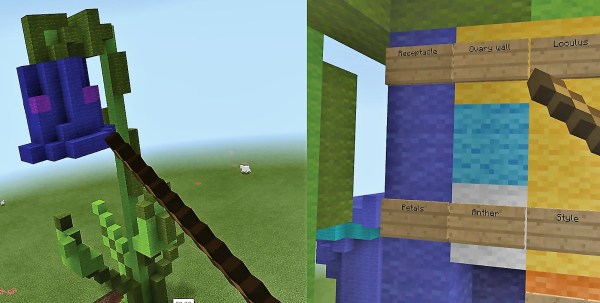As educators it’s always good to reflect on our top learning experiences, and so here are my top 5 VR School moments to date.
1. When the tech works it’s magic
It’s no easy feat getting the tech to work for this project. It includes networking the Oculus Rifts so that students can collaborate in Minecraft VR and deploying Window 10 version of Minecraft to desktop and laptop computers or Pocket Edition Minecraft to tablets and diverse BYOD mobile devices. The school system has a block on game stores and a work-around was needed. And, then there is the issue of glitches like inexplicable loss of tracking, program crashes or the need to reset Guardian systems that have shifted within the tight space of the VR room. Every time we get through lesson without too many glitches we breathe a sigh of relief.
2. Students are smiling, laughing, dancing and swimming with dolphins in VR
Watching the joy of students in immersive virtual reality is worth the gargantuan effort to address the technical issues. Students in immersive VR are animated as they explore, create, work together and sensation seek (by flying over landscapes or swimming with dolphins). There is spontaneous dancing and singing too. Watching students have serious fun in the science classroom is just brilliant.
3. Students recognise if they are distracted and refocus back on the learning task
Students remark that all the cool things to do in immersive VR can distract them from getting on with the learning task; however, most do direct themselves and each other back to learning and actively negotiate roles and actions to achieve their goal. Understanding this dynamic is important for future educational applications of the technology.
4. Students collaborate to create new ways to demonstrate their understanding of the topic
Students generally like the challenge of interpreting the learning task to demonstrate their understanding of the topic in new and creative ways; in this case the task is building biological models and delivering unique and fun presentation modes such as tour experiences. It isn’t possible to predict how students will creatively use the affordances of immersive VR (like manipulation of scale or embodied spatial navigation), but the end results are often positively surprising (like taking the teacher on a flying tour of an enormous plant cross-section or building a hollow root system that can be traversed by other learners).
5. Some girls start asking questions about technology careers
An unexpected consequence of putting the technology into classrooms is that it has prompted girls express interest in the uses and future of the technology and possible careers in the area. Using immersive technologies for learning may spark career conversations about tech jobs with girls and other groups who are under-represented in the industry. This is worth thinking about.
Over and out for now (I am off to swim with those virtual dolphins) – A/Prof Erica Southgate
Feature image: Screenshot of the dolphins in Minecraft.


